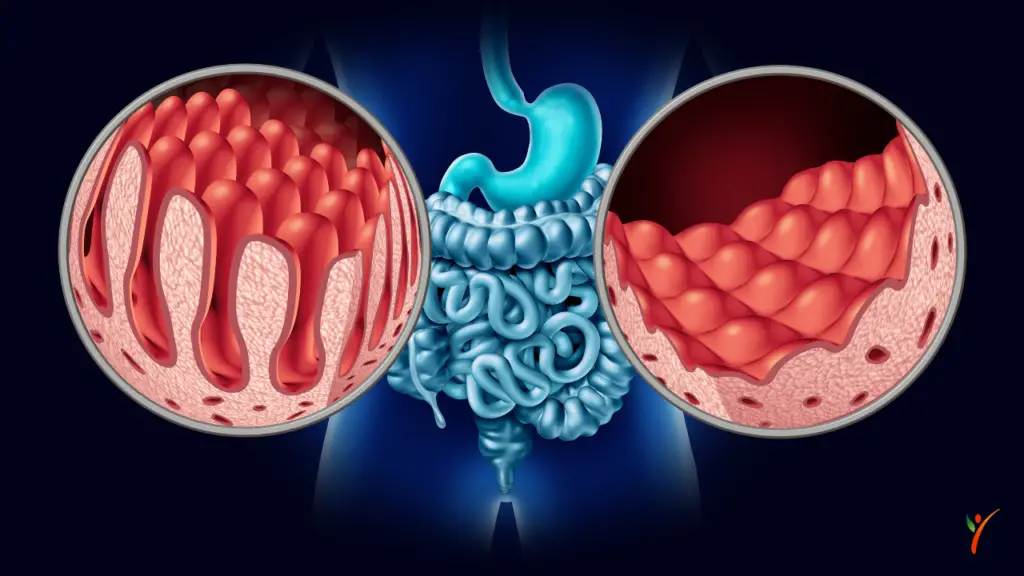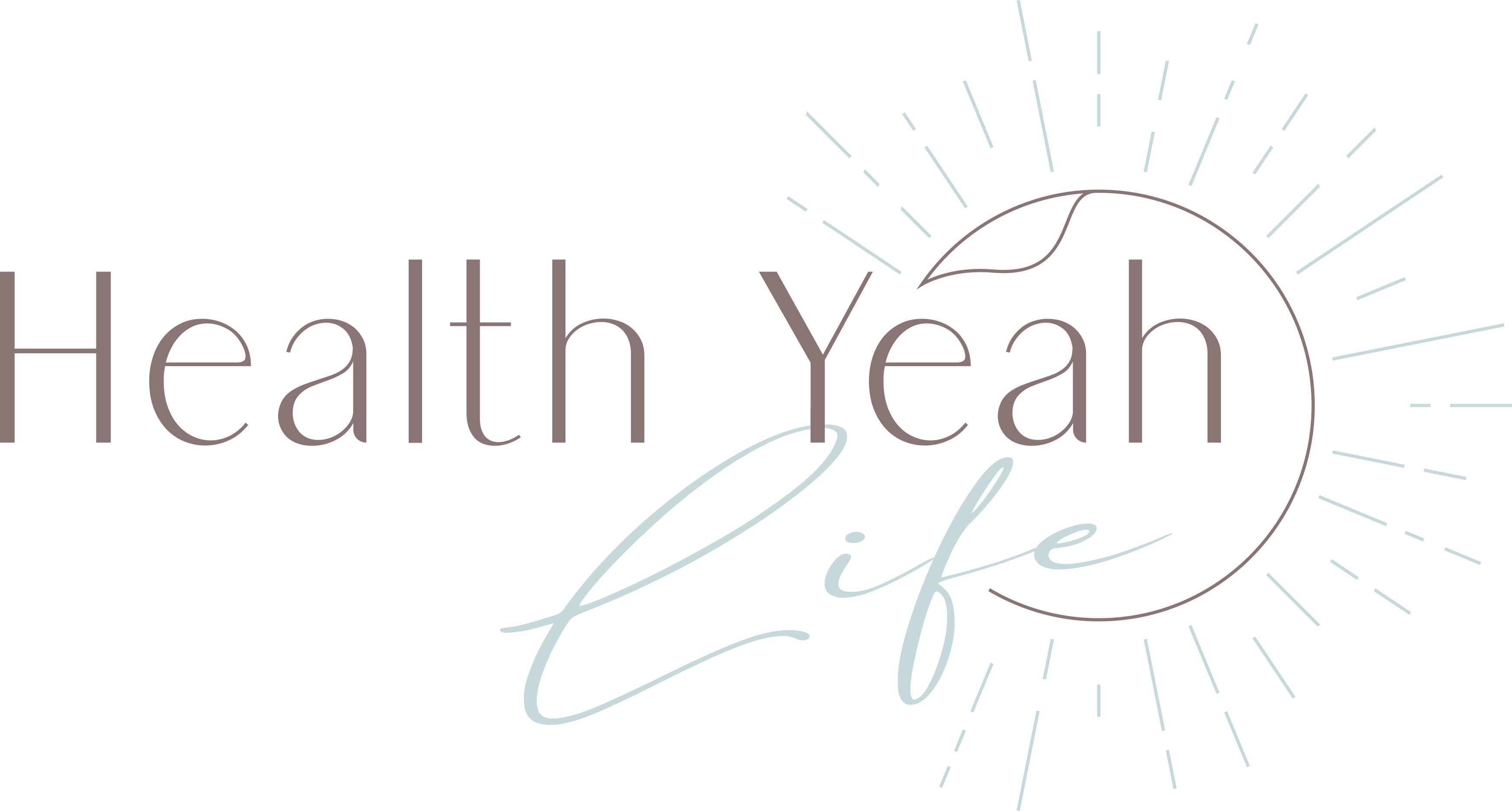Many words seem too similar, and we end up inter-changing them without understanding their actual meanings. We are here to clear up any of the fundamental confusion you may have between celiac disease and gluten-intolerance.
Many people become confused and use them interchangeably. This article will clear the difference between gluten allergy and intolerance.
Before diving into the whole technical terms and meanings, let's clear the fundamental doubts. Let's start with the definition of the word Gluten. It is a protein found in wheat, barley, and rye.
What Is Gluten & Gluten Intolerance?
As the name suggests, gluten works like glue; the reason why our favorite pasta and bread are intact is gluten. Gluten is not harmful to our health unless you have celiac disease or are gluten-intolerant.
Gluten is a protein but not one that the human body needs compulsorily. Three terms are inter-connected; celiac disease, gluten intolerance, and wheat allergy. These conditions' symptoms are similar, but they affect the human body differently, and their treatment is also different.

The test done to diagnose one's disease for these three conditions is also different. The most prominent sign is whenever they feel ill after eating something that contains gluten.
When people should consult a specialist, they may trust Dr. Google or others to diagnose their illness.
Sometimes trusting these sources can solve problems with home remedies, but when troubles are consistent, one should immediately consult a doctor.
Let's look into these conditions one by one.
Is Celiac Disease A Gluten Allergy?
Allergies have a terrible reaction on our body that is visible externally, but that is not the case with gluten allergy. There is no such condition as a gluten allergy, but some people suffer from an autoimmune disorder.
In this autoimmune disorder, the body reacts to gluten negatively, and the consumption damages the small intestine lining. This autoimmune disorder is called celiac disease.

If this disease does not go for proper treatment in time, it injures the small intestine, meaning that the nutrients from the food you eat won't get absorbed. When a person has celiac disease, their body thinks of gluten as an enemy and attacks the intestine.
And this can lead to a chain of chronic symptoms that are equally harmful. The only way to protect the digestive system is to live a gluten-free life. Before getting into the treatment any further, let's look at the significant celiac disease symptoms.
- Vomiting
- Abdominal pains
- Diarrhea
- Constipation
- Weight loss
Above mentioned symptoms are common in nature, but for few people, the symptoms are way too common to come to this conclusion:
- Mouth ulcers
- Headaches and fatigue
- Seizures
- Acid reflux and heartburn
- Itchy skin
- Bone and joint pain
A specialist like a gastroenterologist can only make the correct celiac disease diagnosis.
Gluten Intolerance
Now that we know all the essential information for celiac disease, let's understand gluten intolerance. Many people confuse intolerance with an allergy, which is not correct; let's establish the difference between celiac disease vs. gluten-intolerance. No allergist can provide treatment for gluten intolerance. You can also call gluten intolerance non-celiac sensitivity.
If you go to a doctor, they would first test you for celiac disease or wheat allergy; if neither is the case, you'll possibly be diagnosed with gluten intolerance. Gluten sensitivity and gluten intolerance are the same, but gluten intolerance and celiac disease are different.

Therefore, the symptoms of gluten intolerance are similar to that of gastrointestinal symptoms, like:
- Bloating
- Nausea
- Stomach ache
- Gas
- Fatigue
These symptoms are quite similar to other disease's symptoms, so one has to be careful and not diagnose a disease.
The Difference Between Celiac Disease & Gluten-Intolerance
Now the primary difference between celiac and intolerance is clear. The next step is to establish a better understanding of the difference.
A person who has celiac disease intakes gluten, his or her immune system attacks against the person's body tissues. But when someone intolerant to gluten intakes gluten products, they may get a stomach ache or bloatedness. Gluten intolerance doesn't harm the body, but celiac disease damages the small intestine's lining, which can be fatal if not treated.

The symptoms of these conditions are very much similar in the beginning. It's with time when the condition worsens one understands whether they have celiac disease or just gluten sensitivity.
In both cases, the best way to prevent any harm is to avoid gluten or cut-off gluten from one's diet. But you must not quit gluten until you have been properly tested for celiac disease. People suffering from gluten intolerance can have gluten products but may be uncomfortable with a bloaty feeling. The people who have celiac disease cannot afford to have gluten products, or else they will face severe repercussions.
Wheat Allergy & Celiac Disease
This article is about the difference between celiac disease and gluten intolerance, but one more condition is similar to them both: wheat allergy. The doctor can diagnose a wheat allergy with a basic blood test or skin test.
After diagnosing a wheat allergy, the first step is you will have to discontinue eating wheat. So this is the difference between Gluten allergies vs. wheat allergy.
If you see a specialist, they may have you try a food challenge. In this challenge, the patient receives suspect food in specific doses. This challenge only occurs at a medical facility with proper equipment.
In some cases, the patient has anaphylaxis; they would need immediate treatment.

Consulting Your Doctor
If you look carefully, the symptoms of all three conditions are almost similar. One will feel bloaty or have diarrhea, vomit, and stomach ache. No one would go to a doctor thinking they suffer from gas or acidity initially. But if the symptoms worsen, one should consult their family doctor before changing their diet.
You must have wheat in your system to properly diagnose the condition.
After looking at the diet and symptoms, the doctor would deduce whether gluten is the culprit or wheat or none. It may take time before the doctor can get to a definite diagnosis as the only way to recognize the condition is by monitoring the symptoms.
The symptoms are very similar to the above condition, so the doctor needs to be extra careful.
Try not to be your own doctor in these cases for a long time as you may be doing more damage. Celiac disease is a hazardous condition that can lead to other diseases. One must consult a doctor once the symptoms are not healing independently. If you delay the visit, you might suffer from other conditions.
Remedy
There is no pill for you to consume if you are diagnosed with any above condition. The only way to reduce the symptoms and heal your body is to cut off the culprit. After being diagnosed with celiac disease, you must go on a gluten-free diet. And also, if you are diagnosed with a wheat allergy, then you must stop eating wheat.
If you cut off wheat from your diet, you'll be gluten-free as wheat has gluten. It might seem stressful in the beginning to cut-out gluten or wheat from your diet. But slowly, you will get used to it. Many gluten-free products are readily available in the market nowadays. Things like gluten-free bread, crackers, etc., or you can make some gluten-free bread yourself.
Going Gluten-Free

There is no other way to eat if you are diagnosed with a celiac or wheat allergy. You will have to cut them out of your diet completely. And cutting them off means no bread, pasta, crackers, pastries, etc.
In today's time, almost 13 million Americans have celiac disease, which changed how grocery stores sold products.
You must think, how does it affect the grocery stores?
The more people that are diagnosed with celiac disease required manufacturers to create gluten-free products. Today, we have many alternatives to gluten products for people who have celiac disease. You have gluten-free pasta, bread, crackers, and so many other choices, but the only downside is they are typically a bit more pricey, and some contain processed ingredients, making them an unhealthy choice as well.
One can always add more vegetables and fruits to their diet since they are naturally gluten-free. You can consult your doctor to help you out with which grains and food are healthy to add. If you have issues with making a diet plan, you may want to try a nutritionist to help you.
Living A Gluten-Free Life
It may be easy for some and more difficult for others. If you are not overly dependent on wheat and bread, it'll be easy for you but not if you are used to eating them at every meal.
The best way to go gluten-free and maintain a balanced diet is to add meat, fish, poultry, vegetable, and fruits to your diet. They provide all the fiber and nutrients that a body requires. There are many alternatives to gluten products available in grocery stores all over.

Naturally Gluten-Free Grains
These grains and other starch-containing foods are naturally gluten-free:
- Quinoa
- Cassava
- Millet
- Tapioca
- Chia
- Nut Flours
- Amaranth
- Rice
Overview
You know now that gluten is a protein mainly found in wheat, oat, and barley. Some people's intestines are affected by their intake, and some feel bloaty when consuming it.
It is the difference that people get confused with; the former is a disease, whereas the latter is a sensitivity sign. The disease's cure is to cut off gluten entirely from the diet. If you are gluten-intolerant, you will want to eliminate gluten also, as it has many side effects that can be debilitating.
Two types of people choose to go gluten-free and leave gluten due to health issues, celiac disease and those who have gluten-sensitivity. We would suggest contacting a gastroenterologist to have a medical diagnosis.

You may also want to speak with a nutritionist who will understand your health issues adequately and systematically. The benefit of consulting a nutritionist is that they can help you understand the disease and health ailments that come with it. They will also help guide you with a proper diet balanced with carbs, protein, vitamins, and fiber.
The typical example of gluten products is bread, pasta, crackers, durum, triticale, etc. You may have trouble starting a gluten-free life as wheat is eaten in today's SAD diet. Once you have healed your body and see what it is like to feel good again, it will convince you that eating a gluten-free diet is a healthy choice.
Final Thoughts
Apart from the dependency on gluten products, another issue may be that gluten-free products are expensive. The best way is to add leafy and starchy vegetables and fruits to your diet as they are naturally gluten-free and have all the relevant fiber and proteins.
This article was a step to help you understand the difference between celiac disease and gluten intolerance. The only way to solve this allergy and intolerance is by cutting off the culprit from the diet.






